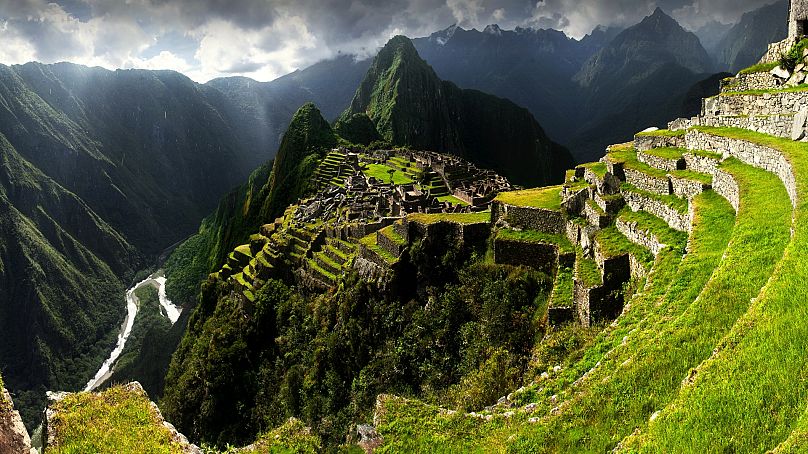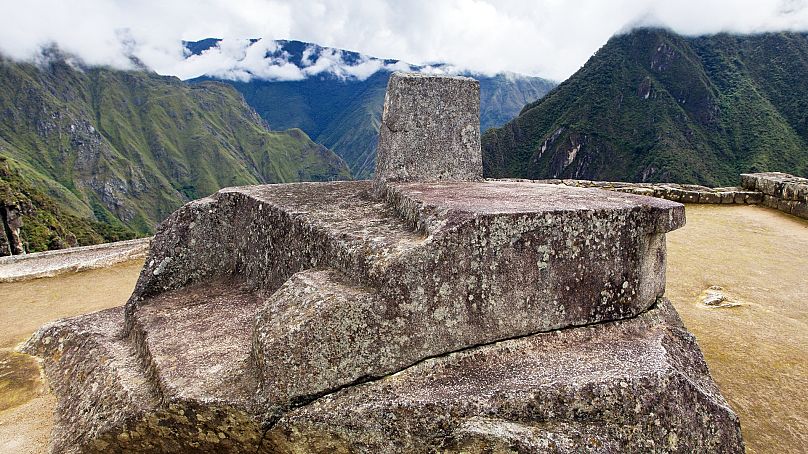24 July 1911: The discovery of Machu Picchu
At the top of a 2,500 metre-high mountain ridge is the remains of one of the most astounding citadels in human history. Machu Picchu, is an incredibly well-preserved 15th century Inca settlement in the southern mountains of Peru.
When it was in use, from 1420 to 1530, the royal estate of the Inca Empire likely housed up to 750 people, all in service of whichever members of Inca royalty were living there. Surrounding it were thousands of mountain terraces used for farming.
The mystery of Machu Picchu is due, in part, to the Inca civilization’s lack of written language. As such, there is no record of what exactly the buildings were used for or who lived there. What is know though, is that the site went out of use when the Spanish colonists arrived in Peru.
Whether it was abandoned due to conquests in other parts of the empire or that the inhabitants were killed off by the smallpox brought from Europe is unknown. Either way, the area was abandoned in the early 16th century and became overgrown by the surrounding jungle.
There are some records of the site between its regular use and its discovery in the 20th century. First from Spanish conquistador Baltasar de Ocampo’s notes of a mountain fortress that may refer to it in the 16th century. Later, it has been suggested that Germans J. M. von Hassel and Augusto Berns visited the site in the 19th century.
Machu Picchu was also likely known as Huayna Picchu to the people who lived in it. Also the name of the mountain that looms over the settlement, it’s what locals referred to the area when it was “discovered” in the 20th century.
Which takes us to this day in 1911. The American explorer Hiram Bingham was a lecturer at Yale on a trip to discover the capital of the Inca Empire. He was led to the ruined citadel by a local, where he became the first person to academically document the site, where he referred to it as Machu Picchu.
Bingham wasn’t the first person to discover Machu Picchu. In fact, it’s hard to know whether the site went without some kind of human interaction for any period of time. However, Bingham is the person to bring Machu Picchu to international attention.
Machu Picchu has since been declared a UNESCO World Heritage Site in 1983 and is visited by over a million tourists every year.
People flock to climb the mountains and reach the site in time for sunrise, where they can see the Intihuatana, a ritual stone that acted as an astronomical clock; the site’s impressive Temple of the Sun; and the Inti Mach'ay complex, a cave used to observe the Royal Feast of the Sun.













